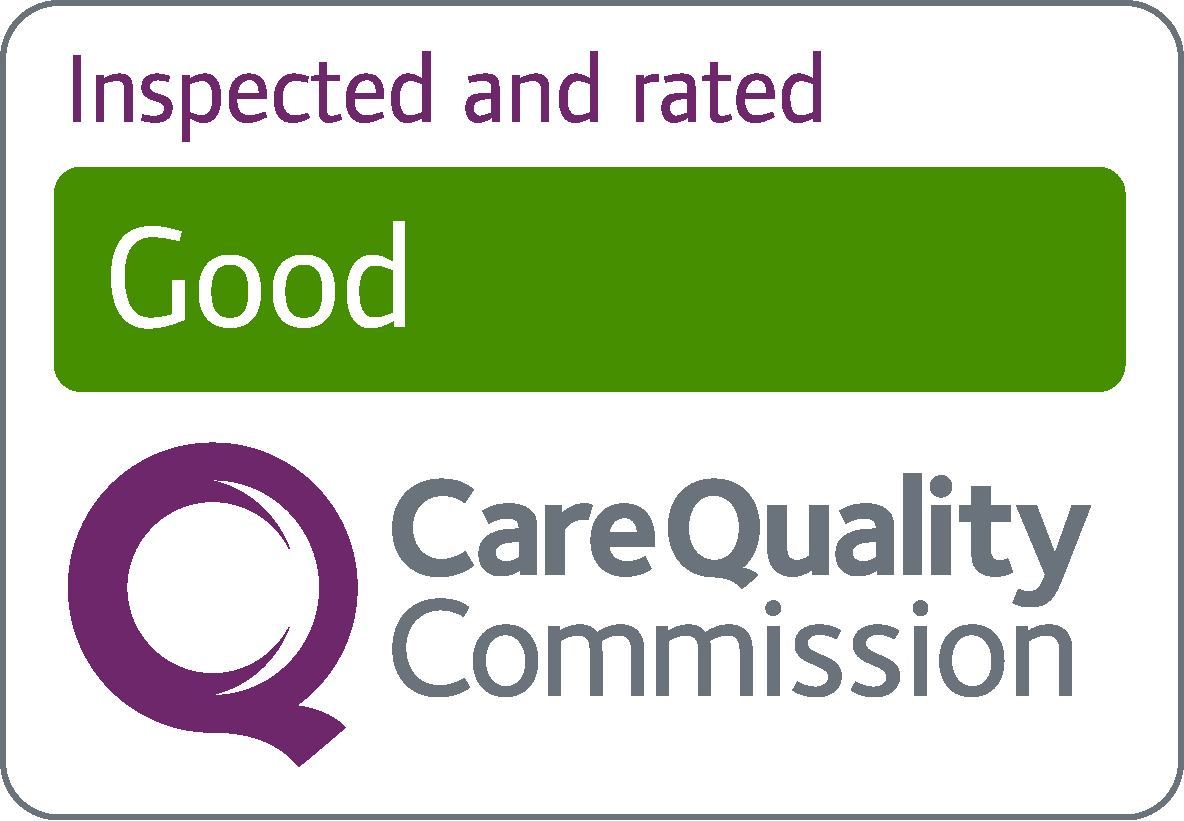September 29, 2025
Who Should Undergo Venesection? Clinical Indications Demystified
Venesection, also called therapeutic phlebotomy, is not suitable for everyone. It is a carefully planned procedure where a controlled amount of blood is removed to reduce certain health risks or prevent organ damage.
At Chequers Health, our doctors review your medical history and blood test results to decide if venesection is the right treatment for you
Common conditions that may be treated with venesection
Hereditary Haemochromatosis:
This is a genetic condition where the body absorbs too much iron from food. Over time, extra iron can build up in organs like the liver, heart, and glands. Regular blood removal (venesection) helps prevent this iron buildup and protects these organs.
Polycythaemia Vera:
This is a blood condition where the body makes too many red blood cells, which makes the blood thicker and increases the risk of blood clots. Venesection helps reduce the thickness of the blood and lowers the risk of clots.
Porphyria Cutanea Tarda:
This liver condition can cause fragile skin and blistering, often worsened by too much iron in the liver. Venesection helps remove excess iron and can reduce skin symptoms.
Secondary Polycythaemia:
This occurs when the body produces extra red blood cells because of low oxygen levels, for example from lung or heart problems. Venesection can help bring red blood cell levels back to normal and reduce the risk of blood clots.
When determining the need for venesection, the physician will primarily look for:
- Ferritin concentrations consistently exceeding the upper reference limit, signifying iron accumulation
- Elevated haematocrit or haemoglobin levels, indicating increased red cell mass
- Clinical or subclinical markers of organ damage attributable to iron overload or the consequences of excess red cell mass
- Laboratory parameters under continuous surveillance
Laboratory Parameter Purpose:
Ferritin Quantifies the body’s iron stores:
Haemoglobin (Hb): Assesses the molecular component responsible for oxygen transport
Haematocrit (Hct): Represents the volume percentage of erythrocytes in total blood
Transferrin saturation Indicates the fraction of available transferrin molecules occupied by iron
Absolute Contraindications for Venesection
Venesection is contra-indicated in individuals who:
- Present with symptomatic or pathological anaemia
- Are in the gestational period, with the exception of highly specialised, closely monitored protocols
- Exhibit unstable cardiac disease, unless assessed and approved by a cardiac specialist
Internal Navigation
From this page, access:
What Constitutes Venesection Therapy?
Mechanisms by which Venesection Reduces Elevated Ferritin
Venesection in the Context of Polycythaemia: Indications and Justifications
Frequently Asked Questions regarding Appropriate Venesection Candidates
No — the intervention is a controlled therapeutic measure and not a preventative or general wellness practice.
In genetically determined haemochromatosis, venesection is generally advised when ferritin exceeds 300 µg/L in males and 200 µg/L in females, though specific cutoffs may differ by clinical protocol and population.
Venesection is not used to treat high blood pressure on its own. It is only used for conditions where having too many red blood cells, like in polycythaemia vera, directly affects blood flow or increases blood volume.
Using blood removal (phlebotomy) instead of blood pressure medicines is only considered when the main problem is too many red blood cells or thick blood. If high blood pressure is caused by other reasons, standard medications remain the usual treatment
The timing of blood removal (venesection) depends on the patient’s condition, blood test results, and treatment goals. Some people may need it every week, while others may only need it once or twice a year for maintenance.


